Google Pixel 8a vs Google Pixel 7a: which mid-range phone is the smarter buy?
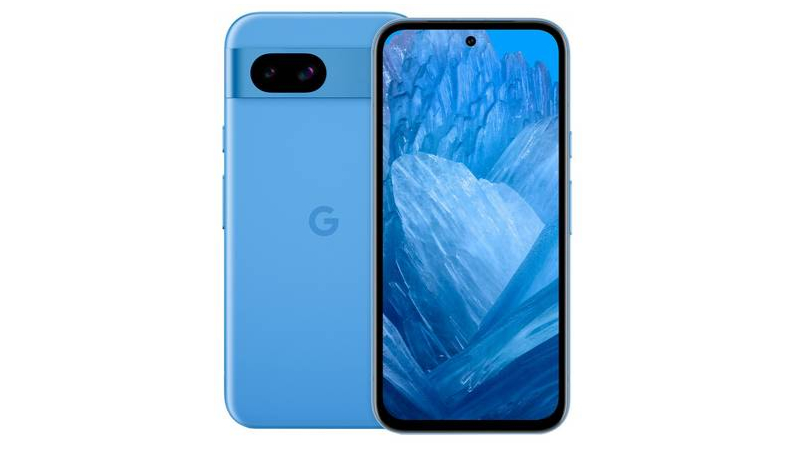
Weight: 188g
Dimensions: 152.1 x 72.7 x 8.9mm
Screen size: 6.1-inch
Resolution: 1080 x 2400
Chipset: Google Tensor G3
RAM: 8GB
Storage: 128GB/256GB
Battery: 4,492mAh
Rear camera: 64MP+13MP
Front camera: 13MP
Almost everything about the Pixel 8a, barring its battery life and cameras, feels near-flagship quality. It has a broadly similar design to the Pixel 7a, but the newer phone gets a much better software support committment.
Pros
- Future-facing AI tools
- Great design and color options
- Seven years of Android updates
Cons
- Cameras are good, not great
- Battery life could be better
- Not as cheap as it could be
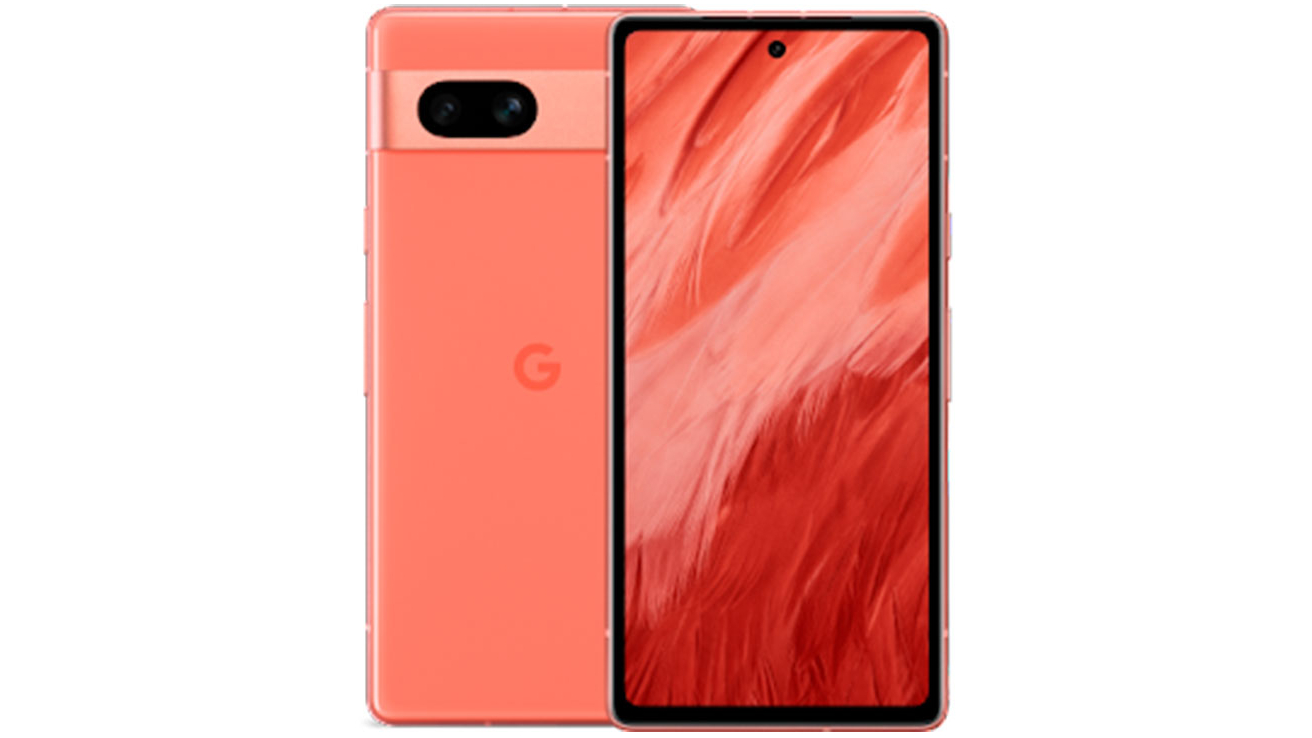
Weight: 193.5g
Dimensions: 152 x 72.9 x 9mm
Screen size: 6.1-inch
Resolution: 1080 x 2400
Chipset: Google Tensor G2
RAM: 8GB
Storage: 128GB
Battery: 4,385mAh
Rear camera: 64MP+13MP
Front camera: 13MP
The Pixel 7a boasts great cameras and power for its price, but is let down by so-so battery life and a lackluster three-year software support commitment.
Pros
- Almost as fast as the Pixel 7 Pro
- Great photo capabilities and editing tools
- Slick Android interface is a pleasure to use
Cons
- Battery won't last all day
- Only three years of Android updates
- Too expensive given the compromises
The Pixel 8a is Google’s latest mid-range phone and a putative replacement for the outgoing Pixel 7a. Except, the Pixel 7a isn’t going anywhere. It’s still being sold as new on Google’s official store, not to mention through a bunch of third-party outlets.
This makes a comparison of the two phones all but essential. What does the Pixel 8a do that the Pixel 7a doesn’t? And how much extra do you need to pay in order to access those new features? Is it worth the price of admission?
We’ve put both devices throught their paces for our Google Pixel 8a review and Google Pixel 7a review, but below, you’ll find a section-by-section breakdown of how these two mid-range Android phones shape up.
Google Pixel 8a vs Pixel 7a: specs comparison
Here’s an overview of how the Pixel 8a and the Pixel 8 match up, spec for spec. As you can see, they’re ostensibly very similar devices indeed.
| Google Pixel 8a | Google Pixel 7a | |
|---|---|---|
| Dimensions: | 152.1 x 72.7 x 8.9mm | 152 x 72.9 x 9mm |
| Weight: | 188g | 193.5g |
| Display: | 6.1-inch OLED | 6.1-inch OLED |
| Resolution: | 1080 x 2400 | 1080 x 2400 |
| Refresh rate: | 120Hz | 90Hz |
| Chipset: | Google Tensor G3 | Google Tensor G2 |
| Rear cameras: | 64MP (wide), 13MP (ultra-wide) | 64MP (wide), 13MP (ultra-wide) |
| Front camera: | 13MP | 13MP |
| RAM: | 8GB | 8GB |
| Storage: | 128GB, 256GB | 128GB |
| Battery: | 4,492mAh | 4,385mAh |
| Charging: | 18W wired, 7.5W wireless | 18W wired, 7.5W wireless |
Google Pixel 8a vs Google Pixel 7a: price and availability
The Pixel 7a hit shelves on May 10, 2023, while the Pixel 8a landed around a year later, on May 14, 2024.
There’s just the one Pixel 7a model, with 128GB of storage, and it costs $499 / £449 / AU$749. That launch price has remained unchanged, at least officially, following the rollout of the Pixel 8a. That’s because the Pixel 8a is priced slightly higher than the Pixel 7a in certain regions; the newer phone starts at $499 / £499 / AU$849 for the 128GB model. There’s also a 256GB Pixel 8a model, which costs $559 / £559 / AU$949.
That £50 / AU$100 premium might not sound like much for a generational bump, but you can expect to secure a significant discount on the Pixel 7a if you shop around. At the time of writing, Amazon was selling the older phone for $399 on its US website, and for £399 with an official charger on its UK website.
Sign up for breaking news, reviews, opinion, top tech deals, and more.
Google Pixel 8a vs Google Pixel 7a: design and display
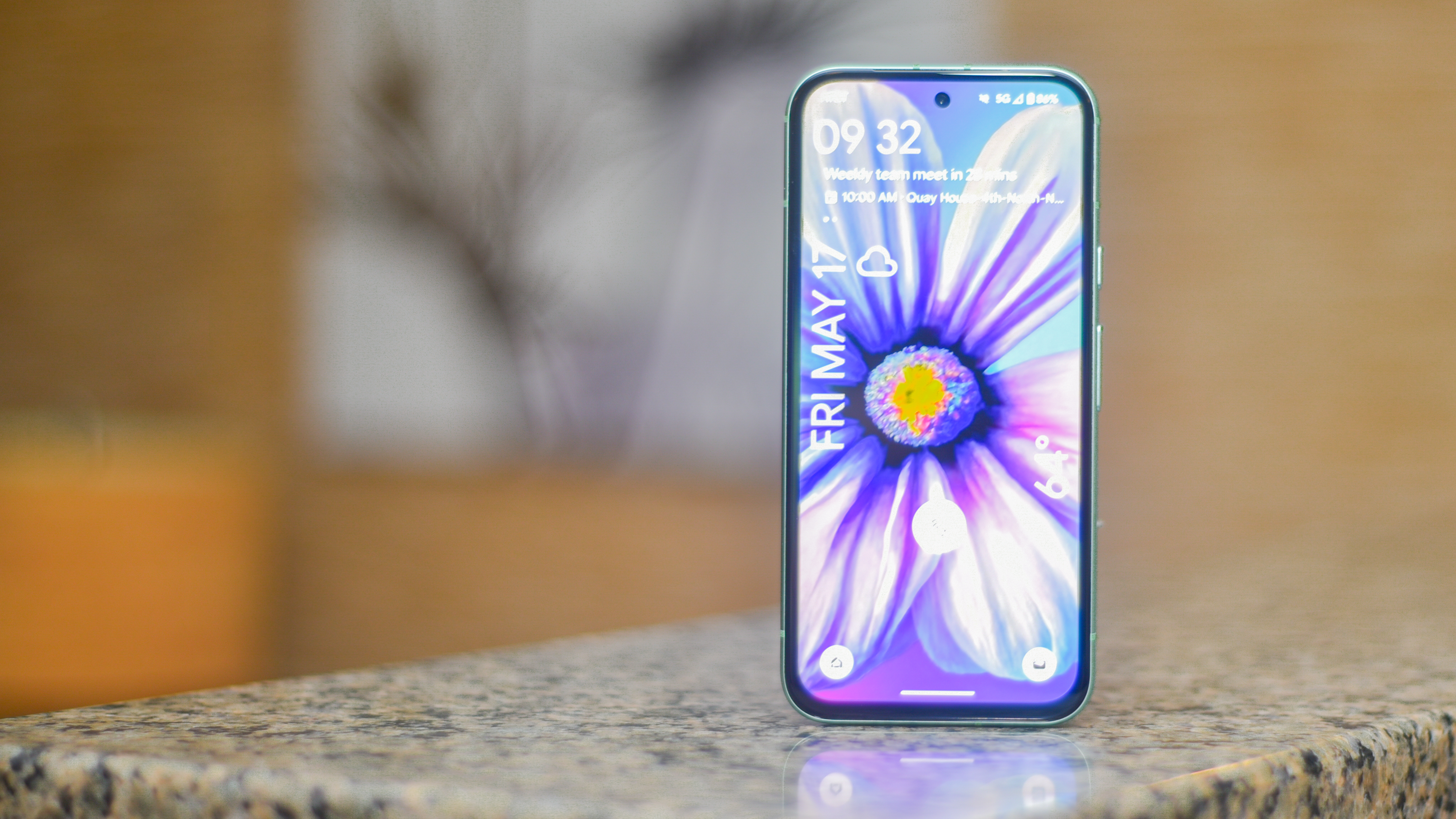
The Pixel 8a and Pixel 7a are relatively compact handsets, with rounded metal frames and plastic rear panels. The distinctive design feature of both phones is a width-spanning rear camera module, though the Pixel 8a’s is slightly thicker.
Those curved corners are rounder and less acute on the Pixel 8a, too, giving the newer phone a softer, more fluid look. The rear of the device also has a much more inviting matte finish, which both looks and feels better than the Pixel 7a’s glossy plastic finish.
Interestingly, the Pixel 8a is about 5.5g lighter than the Pixel 7a, and it’s also fractionally (and we do mean fractionally) smaller and thinner. Broadly speaking, though, these are two phones that sing from the same design hymn sheet.

Switch to the front of the Pixel 8a and Pixel 7a, and you’ll find two 6.1-inch OLED screens, with punchy color outputs and 1080 x 2400 (FHD+) resolutions. However, the Pixel 8a does have a couple of notable advantages.
It gets much brighter, for one thing, with a peak brightness of 2000 nits in HDR scenarios and a claimed 40% brightness boost over the Pixel 7a. This difference is noticeable when you hold the two devices side by side and crank their respective brightness sliders up.
The Pixel 8a’s screen is also significantly smoother than that of its predecessor, thanks to a refresh rate that extends to 120Hz, rather than 90Hz. 120Hz is a flagship-level refresh rate, so it’s impressive to find such smoothness in a supposedly mid-range phone, though the jump from 90Hz is not as impressive a leap as Pixel 7a’s jump from 60Hz to 90Hz.
Google Pixel 8a vs Google Pixel 7a: cameras
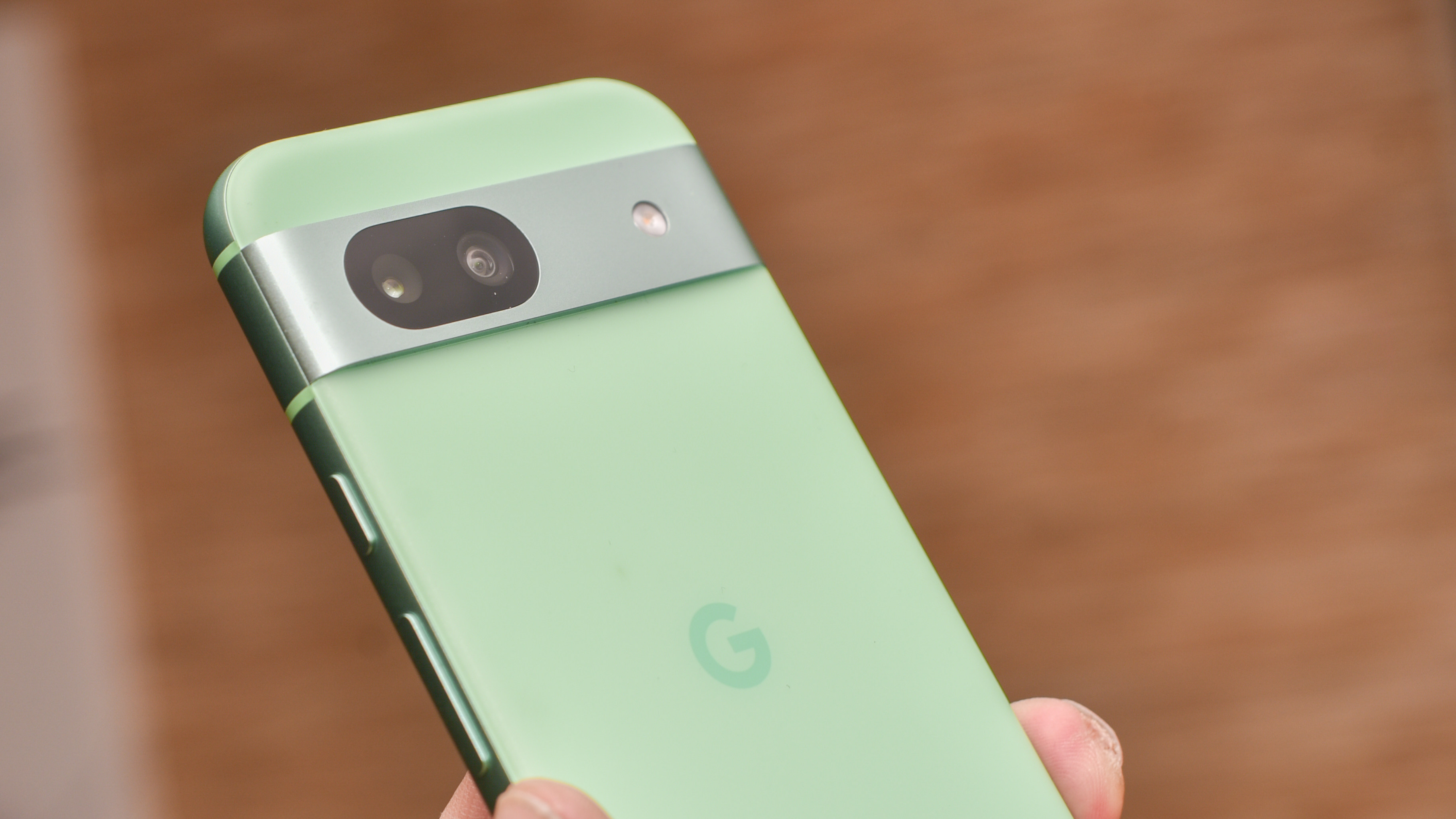
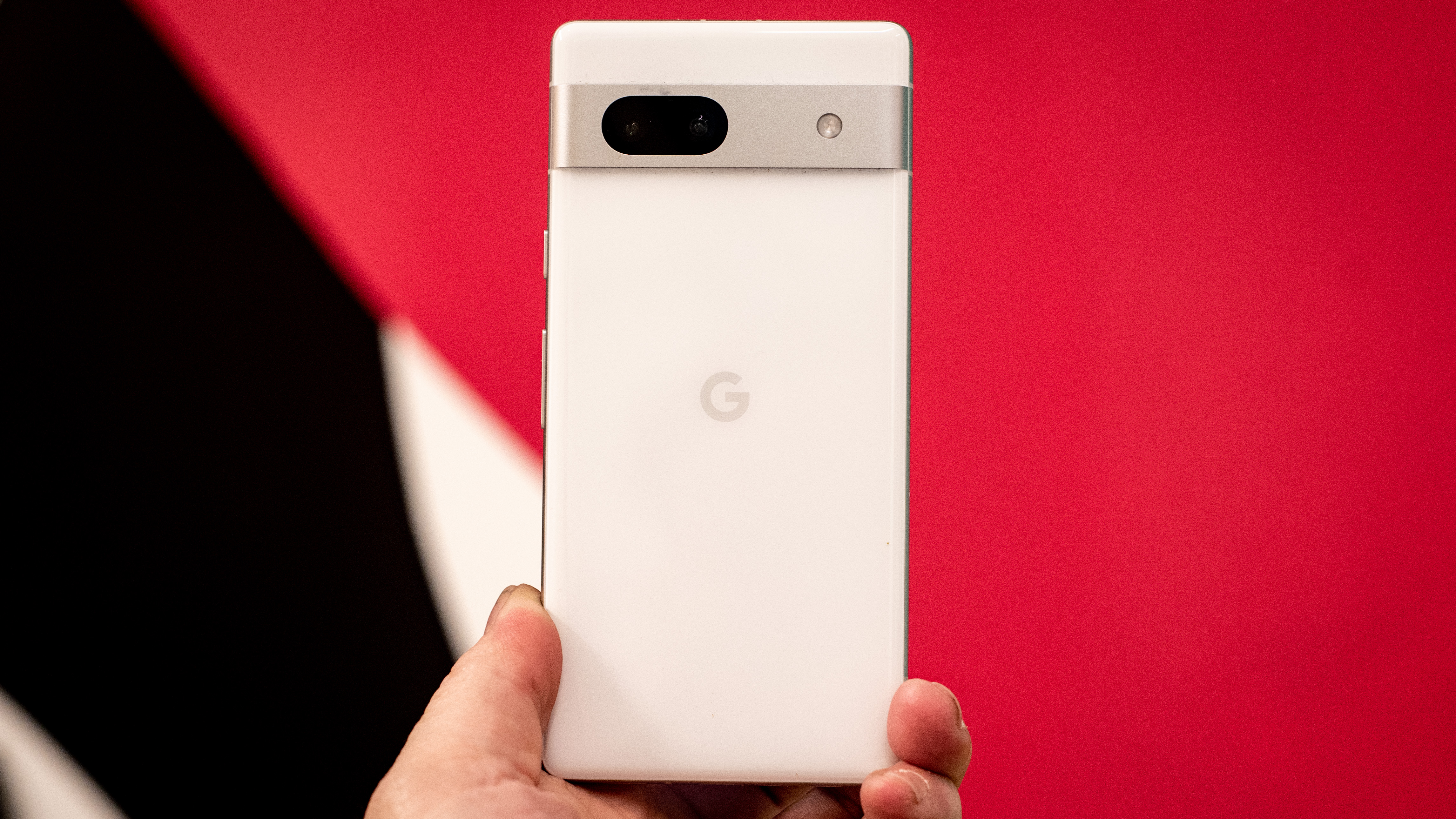
The Pixel 8a and Pixel 7a feature pretty much identical dual-camera set-ups. Both have a 64MP 1/1.73" main sensor with a f/1.89 aperture, accompanied by a 13MP f/2.2 ultra-wide camera with a 120-degree field of view. You also get the same 13MP f/2.2 front-facing camera for selfies. It really is the exact same photographic hardware.
The sole differentiating factor here is the Pixel 8a’s newer Tensor G3 chip, which boasts superior image processing power and adds more AI smarts. On the latter front, Best Take lets you manipulate group photos to ensure everyone is appropriately attentive and smiley. Audio Magic Eraser, meanwhile, lets you remove unwanted background babble from videos shot on the Pixel 8a.
In testing, the Pixel 8a takes slightly better pictures than the Pixel 7a, with warmer, more natural shots in good lighting and brighter shots in low lighting.
Google Pixel 8a vs Google Pixel 7a: performance and software

The Pixel 8a’s Tensor G3 chipset represents a clear generational upgrade over the Pixel 7a’s Google Tensor G2. Both phones come with 8GB of RAM as standard, and both benefit from Google’s Titan M2 security coprocessor, but there’s no denying the performance advantage for the newer Pixel 8a.
We’re not talking about a night and day difference between the two devices in terms of real-world power, mind. Indeed, benchmark scores show there to be a solid-but-hardly-seismic bump in CPU and GPU capabilities for the Pixel 8a. In the CPU-focused Geekbench 6 multicore test, the newer phone scores around 4100 to the Pixel 7a’s 3500. Similarly, in PCMark’s Wild Life Extreme GPU test, the Pixel 8a scores around 2400 (15fps) to the Pixel 7a’s 1800 (11fps).
We defy you to notice the difference between the Pixel 8a and Pixel 7a in regular usage, i.e. when flicking between apps and booting up the camera app. Even gaming performance is pretty similar, albeit with the Pixel 8a benefitting from that 120Hz display in games that support it.
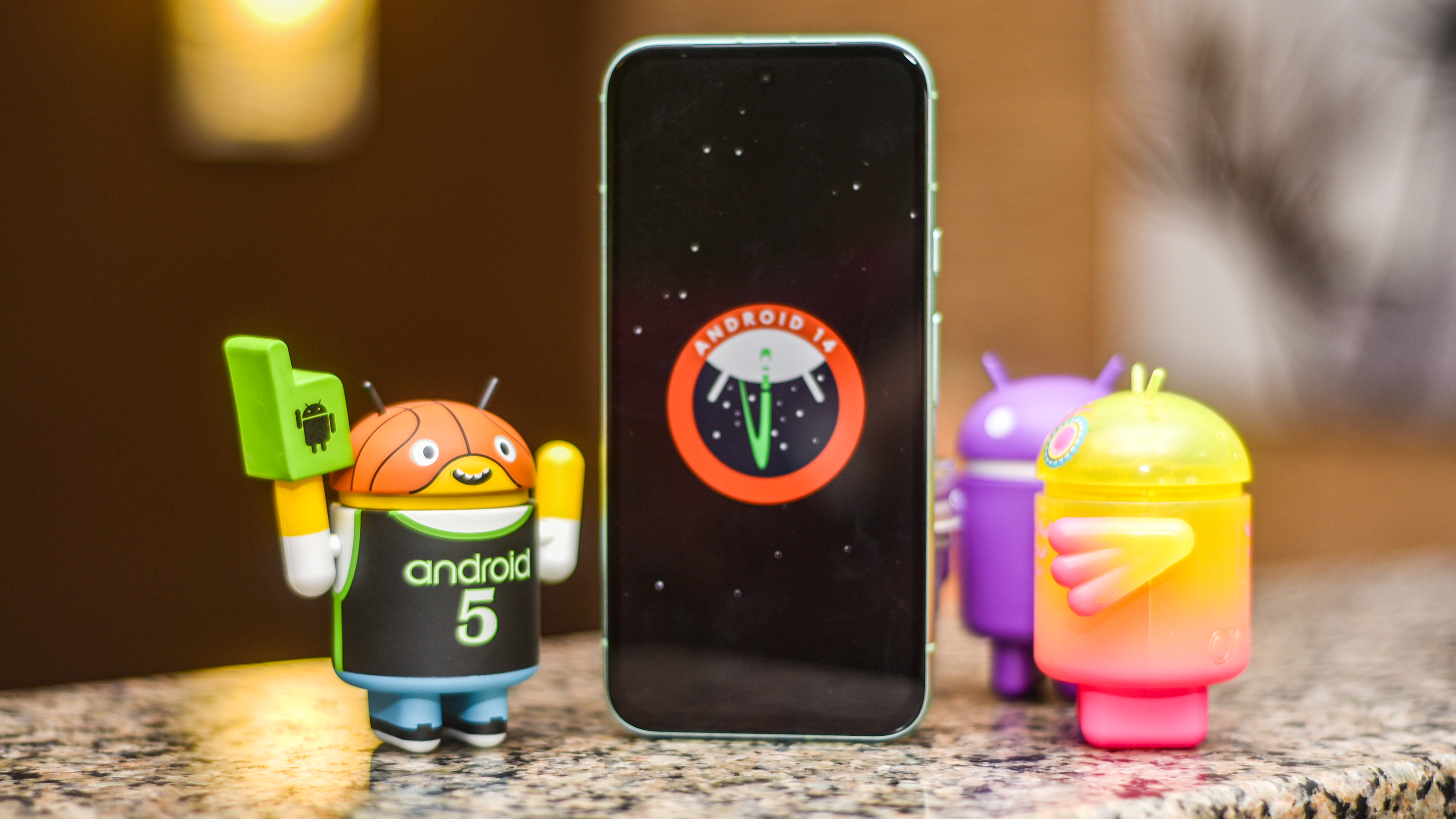
The Pixel 8a’s G3 chip is also built using a more efficient 4nm process (vs 5nm in the Pixel 7a’s G2), which should in theory help it run cooler and more consistently – though that remains to be seen.
The main upgrade for the Pixel 8a relates to the Tensor G3’s AI performance. There’s no real way to measure this improvement, but we can mention some of the unique AI tricks it can perform.
For instance, besides those aforementioned camera tricks, Google’s latest phone will soon have access to Gemini. The company’s proprietary AI assistant lets you type, talk and add images for all kinds of help on the go. As such, you’ll be able to ask Gemini to do things like summarize your recent emails on the Pixel 8a.
Needless to say, the software experience is nigh-on identical between these two phones. Both run on Android 14, with Google’s impeccably clean and stylish UI leading the way.
There’s one huge advantage for the Pixel 8a here, though, and it’s Google’s promise of seven years of software upgrades. This commitment will take the Pixel 8a up to May 2031, while Google’s promise for the Pixel 7a only extends to May 2026. This is arguably the biggest difference between these two devices.
Google Pixel 8a vs Google Pixel 7a: battery life

Google’s new Pixel 8a has a slightly larger 4,492mAh battery compared to the 4,385mAh Pixel 7a cell. That’s not a big enough difference to be significant, at least not in isolation.
Factor in that more efficient Tensor G3 chip, however, and we could be getting somewhere. True, there’s also the matter of the Pixel 8a’s brighter, faster display, but we’re still hoping for an overall improvement in stamina from the Pixel 8a (we’re still running our dedicated battery tests on the newer phone).
Perhaps our biggest criticism of the Pixel 7a concerned its mediocre battery performance, with the device frequently incapable of surviving through a full day of intensive usage. We’ll have to wait and see how the Pixel 8a improves upon this, if at all.
Both phones support a fairly meager 18W wired charging provision. In our experience, this was only sufficient to get the Pixel 7a from empty to 50% in 45 minutes, which is pitiful. The Pixel 8a is unlikely to do any better.
You do get 7.5W wireless charging with both devices, however, which is still a relative rarity in sub-£500 phones.
Google Pixel 8a vs Google Pixel 7a: verdict

The Google Pixel 8a is undoubtedly an upgrade on the Pixel 7a, offering a brighter and more fluid display, a performance bump, and access to Google’s latest bag of AI tricks.
However, with a broadly similar design, camera system, and charging set-up, perhaps the most consequential difference here is the Pixel 8a’s significantly longer software support guarantee. This alone makes it a far smarter purchase if you’re looking for a phone that lasts you longer than a couple of years.
Of course, the Pixel 8a is also more expensive, and significantly so if you factor in the major discounts that are starting to head the Pixel 7a’s way. So, if you’re purchasing a phone for the here and now, with no eye on the future, you could argue that the Pixel 7a is the smarter buy.
You might also like

Jon is a freelance journalist who has been covering tech since the dawn of the smartphone era. Besides TechRadar, his words and pictures have appeared in The Telegraph, ShortList, Tech Advisor, Trusted Reviews, Expert Reviews, and more. He largely covers consumer technology, with a particular focus on smartphones and tablets. However, he's also been known to dabble in the worlds of entertainment and video games.